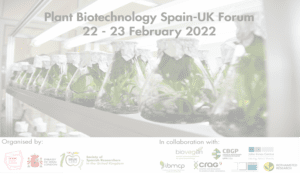- The traveling exhibition “The Art and Legacy of Santiago Ramón y Cajal”, organized by
the Neuroscience Committee of the Society of Spanish Researchers in the UK
(SRUK/CERU), was inaugurated yesterday at Instituto Cervantes in Manchester. - The exhibition showcases details of the life, work, and relationship with the United
Kingdom of the first Spanish researcher recognised with the Nobel prize through
informational panels and his drawings. - The exhibition will be open for free until 28th of May at the Instituto Cervantes in
Manchester. It will then move on to Bristol (June 4), York (July 4), and Edinburgh
(September).
Manchester, April 26th, 2025
The Neuroscience Committee of the Society of Spanish Researchers in the UK (SRUK/CERU) inaugurated yesterday with great success the traveling exhibition “The Art and Legacy of Santiago Ramón y Cajal” in its second city, the first exhibition dedicated to the renowned Nobel Prize in Medicine in the United Kingdom. The event, held at the Instituto Cervantes in Manchester, highlights the role of Cajal as a mentor and the importance and relevance of his School.
The exhibition, which will be open for free until May 28, offers a unique experience for the British public, who will be able to get closer to Cajal through the “tweets” from his account on X (@RealCajal_CERU). Visitors will be able to interact with Cajal, leaving comments and questions, creating a real-time dialogue with the pioneer of neuroscience. Additionally, QR codes placed on the panels will grant access to complementary online materials, expanding on the information available in the physical exhibition.
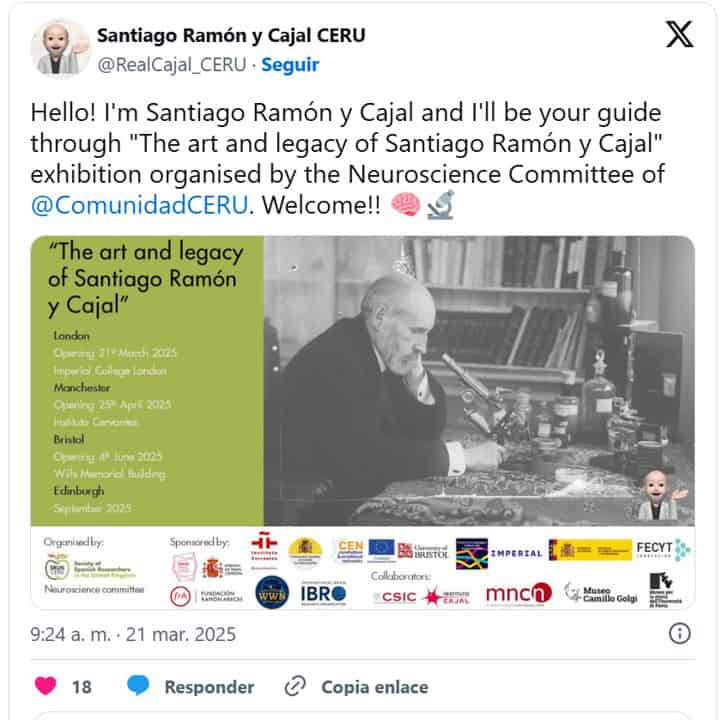
Divided into six key sections, the exhibition covers everything from the origin of Cajal’s legacy to his influence on contemporary neuroscience, including his family life, his impact on the United Kingdom, his role as a mentor, and of course, his historic Nobel Prize.
In her opening speech, Marta Domínguez Prieto, member of the Neuroscience Committee of SRUK/CERU, highlighted that the main feature of the exhibition is Cajal’s drawings and how his research has still an impact in modern neuroscience. She also emphasized the inclusion of all human beings into science, the main topic of the inauguration event. Importantly, she highlighted the necessity of maintaining collaborations and links between counties, associations and individuals.
The inaugural event gathered over 50 people, including prominent scientists, diplomats, and academics, who praised Cajal as a leading figure in modern science. Among them, Alberto Jiménez Schuhmacher (Molecular Oncology group of the Aragón Health Research Institute) opened the event with a lecture on the life of Cajal, since his childhood in a small village to the Nobel Prize Award. He detailed the lack of general knowledge about the figure of Cajal in the history, and how important he was in modern neuroscience. Interestingly, Cajal’s was working for several years in his own house without any funding. Cristina’s Nombela Otero (Department of Biological and Health Psychology, Autonomous University of Madrid) talk focused on the women of Cajal’s School. She also highlighted the work of different women who took part in the research groups of Cajal’s students. To finish, Cristina emphasised the importance of diversity and inclusion because “variety of individuals brings a variety of ideas”.
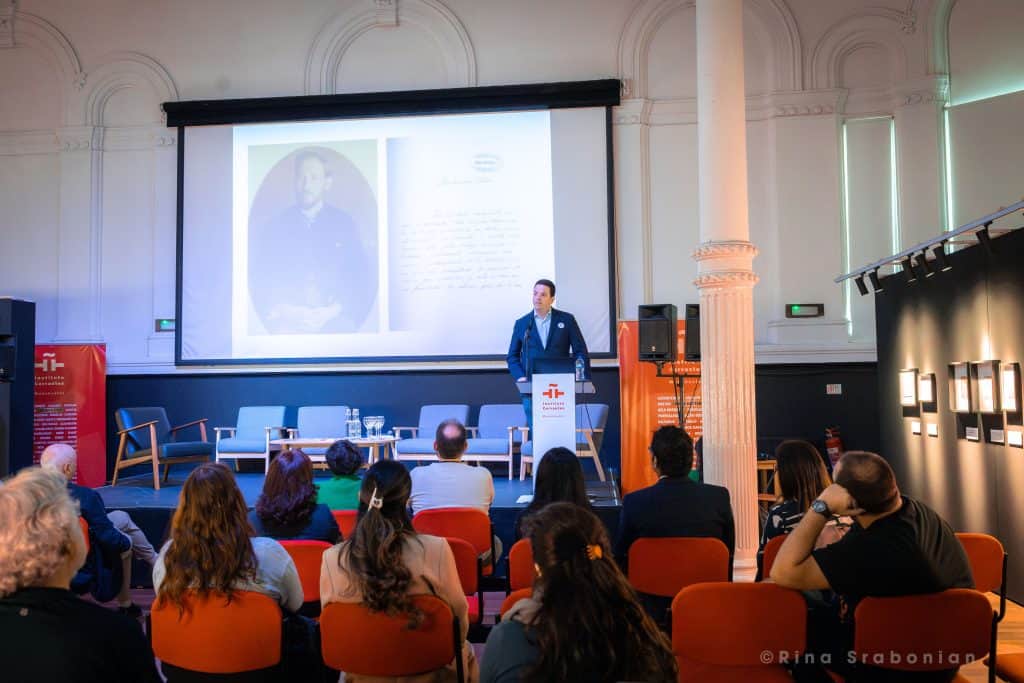
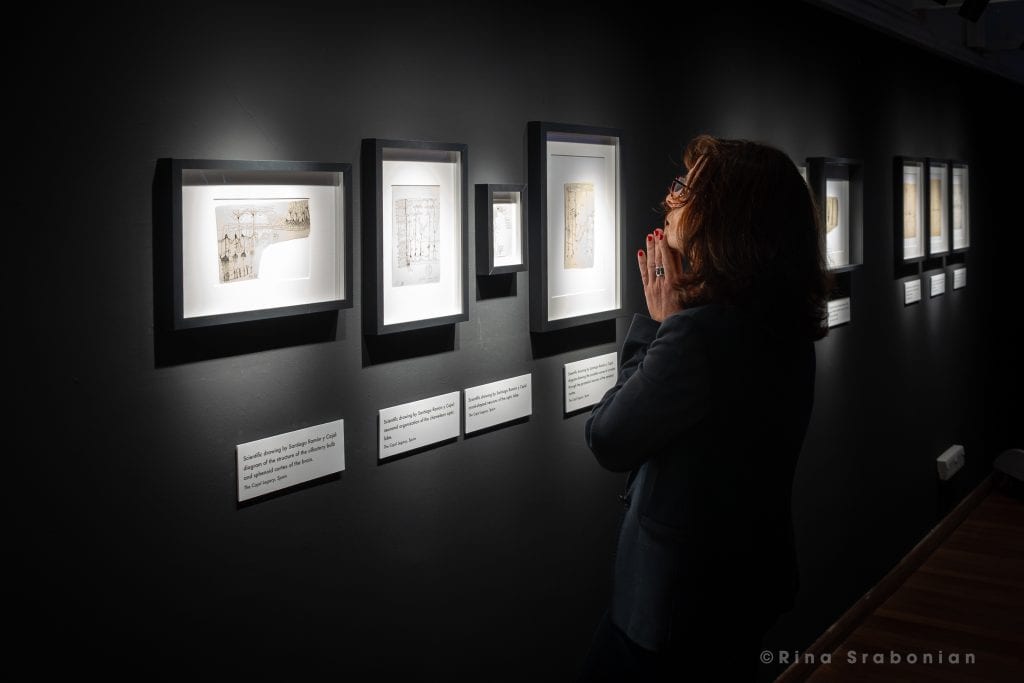
In the last part of the event, invited speakers, representatives of Women in Neuroscience in the UK (WiNUK) and directors of SRUK/CERU committees talked in a round table about the role of women and minorities in neuroscience. With the general idea of including all genders and all individuals in science, they talked of how to attract and maintain women or minorities into academia, research and clinical trials.
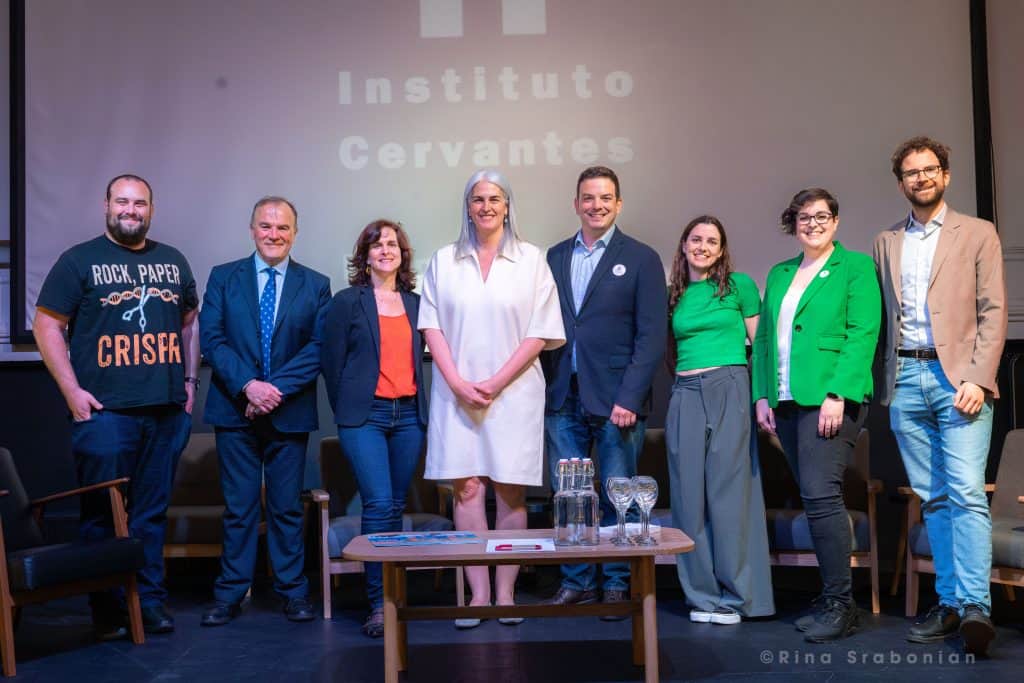
The exhibition will continue its tour across the UK with stops in Bristol (June 4), York (July 4), and Edinburgh (September). In addition, various events and symposia on key neuroscience topics will be held in conjunction with the exhibition, such as the advances in cerebellum research and other cell types identified by Cajal in the brain.
The exhibition is free and open at Instituto Cervantes Manchester 326/330 Deansgate Campfield Avenue Arcade M3 4FN, Manchester, from 9:00 AM to 5:00 PM BST, until May 28.
Don’t miss this opportunity to delve into the fascinating legacy of a genius who transformed neuroscience.
“The Art and Legacy of Santiago Ramón y Cajal” is the result of the hard work of SRUK/CERU volunteers and has been supported and funded by the Embassy of Spain in London, the Spanish Foundation for Science and Technology (FECYT), the Ramón Areces Foundation, the Instituto Cervantes in Manchester, the Spanish Consulate in Manchester, the Cerebellum and Emotional Networks (CEN) project funded by the European Union, the University of Bristol, the Centre for Languages, Culture and Communication at Imperial College London, World Women in Neuroscience (WWN), the International Brain Research Organization (IBRO), the Spanish National Research Council (CSIC), the Instituto Cajal, the National Museum of Natural Sciences (MNCN), the Camillo Golgi Museum, and the History Museum of the University of Pavia.
Contact information
Patricia García Jareño
Chair SRUK/CERU Neuroscience Committee
[email protected]

